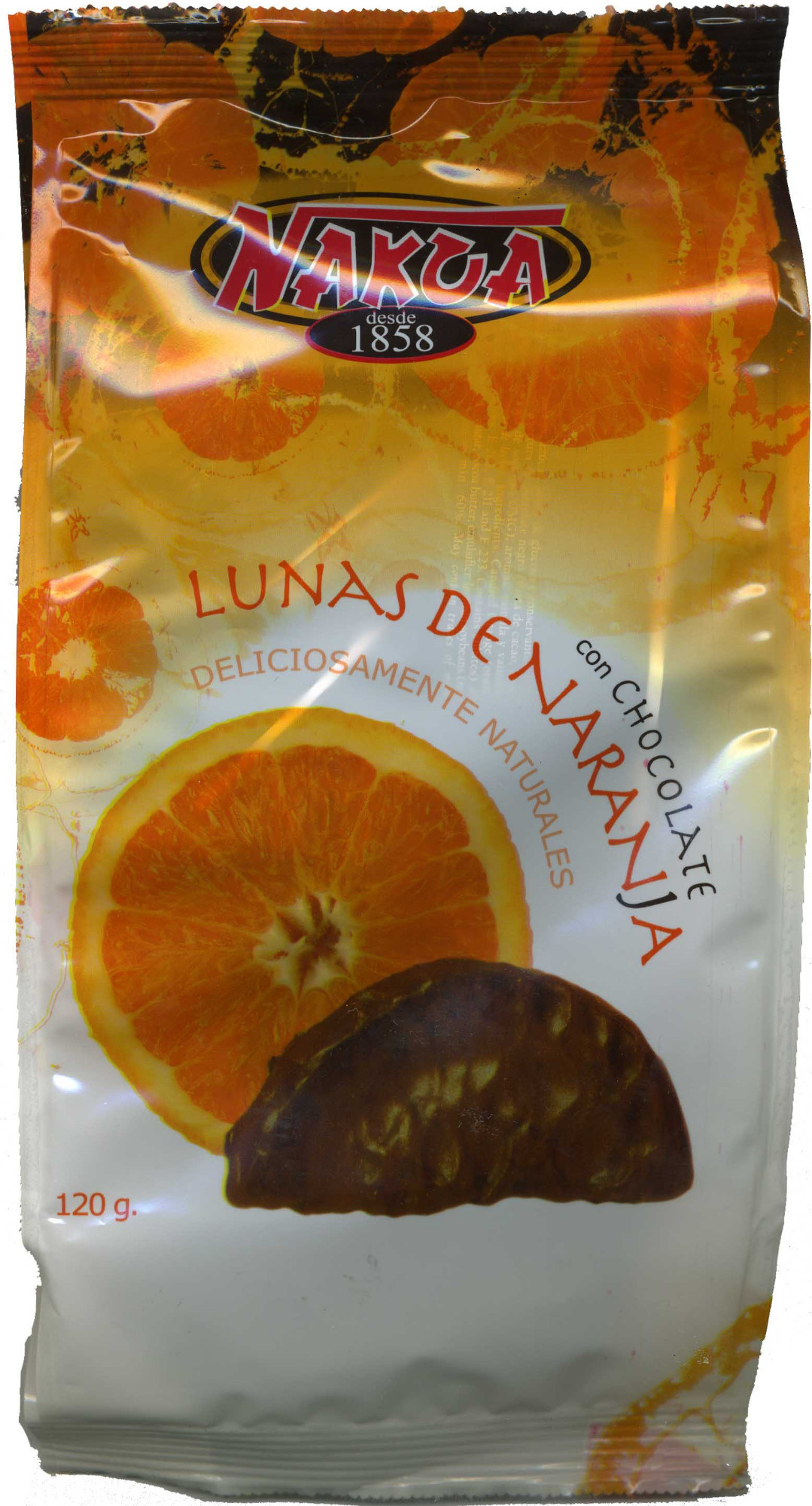Lunas de naranja con chocolate - Nakoa - 120 g (con envueltas), 112 g (sin envueltas)
This product page is not complete. You can help to complete it by editing it and adding more data from the photos we have, or by taking more photos using the app for Android or iPhone/iPad. Thank you!
×
Barra-kodea: 8420158021078 (EAN / EAN-13)
Izen arrunta: Lunas de naranja recubiertas chocolate
Kopurua: 120 g (con envueltas), 112 g (sin envueltas)
Ontziratzea: es:Bolsa de plástico, es:Envoltorio de plástico
Markak: Nakoa
Kategoriak: en:Snacks, en:Sweet snacks, en:Cocoa and its products, en:Confectioneries, en:Chocolate candies, en:Bonbons, en:Fruit confectioneries, en:Chocolate covered fruits
Etiketak, ziurtagiriak, sariak: en:Vegetarian, en:Vegan
Manufacturing or processing places: Utebo, Zaragoza (provincia), Aragón, España
Traceability code: ES 25.00166/Z C CE, FABRICANTE Y ENVASADOR:, NAKOA S.L.
Link to the product page on the official site of the producer: http://www.nakoa.es/productos.php?id_pro...
Dendak: Ahorramás
Saltzen diren herrialdeak: Espainia






